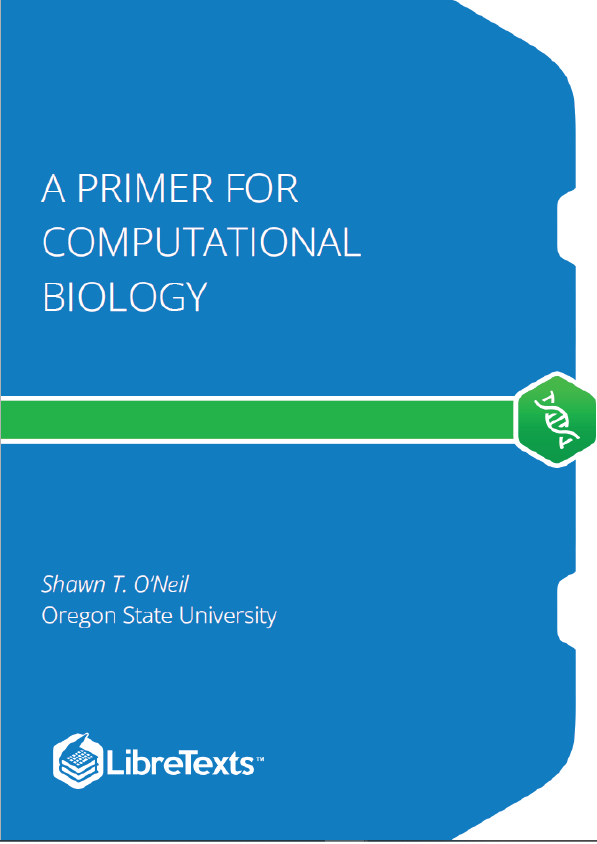Command Lines and Operating Systems
Many operating systems, including Microsoft Windows and Mac OS X, include a command line interface (CLI) as well as the standard graphical user interface (GUI). In this book, we are interested mostly in command line interfaces included as part of an operating system derived from the historically natural environment for scientific computing, Unix, including the various Linux distributions (e.g., Ubuntu Linux and Red Hat Linux), BSD Unix, and Mac OS X.
Even so, an understanding of modern computer operating systems and how they interact with the hardware and other software is useful. An operating system is loosely taken to be the set of software that manages and allocates the underlying hardware— divvying up the amount of time each user or program may use on the central processing unit (CPU), for example, or saving one user’s secret files on the hard drive and protecting them from access by other users. When a user starts a program, that program is “owned” by the user in question. If a program wishes to interact with the hardware in any way (e.g., to read a file or display an image to the screen), it must funnel that request through the operating system, which will usually handle those requests such that no one program may monopolize the operating system’s attention or the hardware.
The figure above illustrates the four main “consumable” resources available to modern computers:
- The CPU. Some computers have multiple CPUs, and some CPUs have multiple processing “cores.” Generally, if there are n total cores and k programs running, then each program may access up to n/k processing power per unit time. The exception is when there are many processes (say, a few thousand); in this case, the operating system must spend a considerable amount of time just switching between the various programs, effectively reducing the amount of processing power available to all processes.
- Hard drives or other “persistent storage.” Such drives can store ample amounts of data, but access is quite slow compared to the speed at which the CPU runs. Persistent storage is commonly made available through remote drives “mapped in” over the network, making access even slower (but perhaps providing much more space). 1.1.2 https://bio.libretexts.org/@go/page/40837
- RAM, or random access memory. Because hard drives are so slow, all data must be copied into the “working memory” RAM to be accessed by the CPU. RAM is much faster but also much more expensive (and hence usually provides less total storage). When RAM is filled up, many operating systems will resort to trying to use the hard drive as though it were RAM (known as “swapping” because data are constantly being swapped into and out of RAM). Because of the difference in speed, it may appear to the user as though the computer has crashed, when in reality it is merely working at a glacial pace.
- The network connection, which provides access to the outside world. If multiple programs wish to access the network, they must share time on the connection, much like for the CPU.











